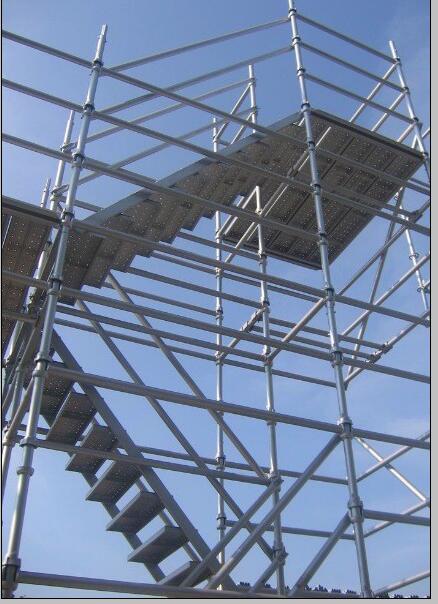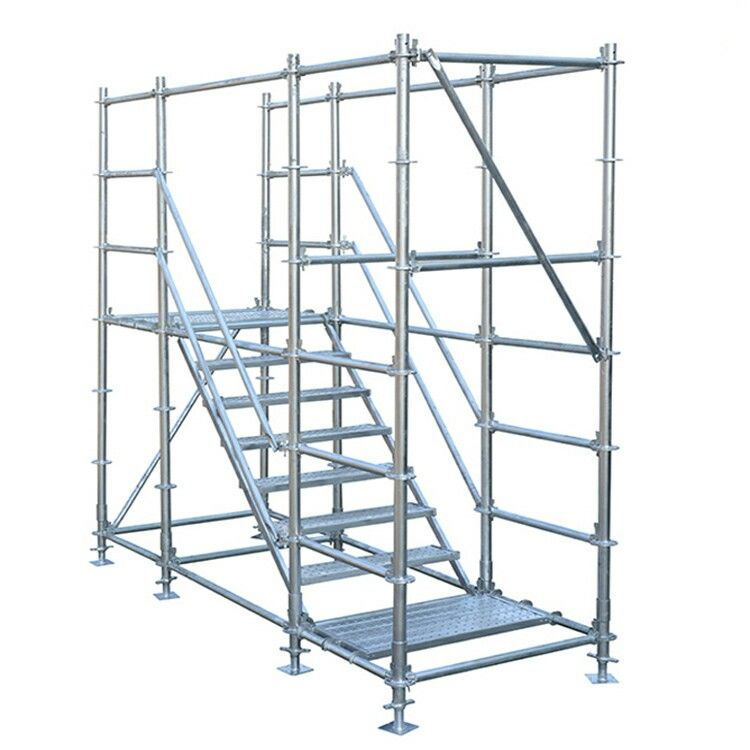
Steel scaffolding is one of the most widely used support systems in construction, offering a balance of strength, durability, and reliability. However, like any material, it has both benefits and limitations. Whether you're planning a high-rise project or a small renovation, understanding the pros and cons of steel scaffolding will help you make an informed decision.

Advantages of Steel Scaffolding
1. Exceptional Strength & Load-Bearing Capacity
Steel scaffolding can support heavy loads, making it ideal for large-scale construction, industrial projects, and high-rise buildings. Unlike aluminum or wooden scaffolding, steel can withstand extreme weights without bending or collapsing.
2. Long Lifespan & Durability
Steel is resistant to weather, moisture, and pests, ensuring long-term use even in harsh conditions. Unlike wood, it won’t rot, warp, or degrade over time, reducing replacement costs.
3. High Stability & Safety
Steel scaffolding provides superior rigidity, minimizing sway and movement at great heights. Its non-combustible nature also makes it safer for welding and high-temperature work environments.
4. Reusability & Cost-Effectiveness
Although steel scaffolding has a higher upfront cost than wood or aluminum, its reusability across multiple projects makes it a cost-effective long-term investment.
5. Customizable for Complex Structures
Steel’s tube-and-coupler and modular systems allow for flexible configurations, making it suitable for irregularly shaped buildings, bridges, and industrial sites.

Disadvantages of Steel Scaffolding
1. Heavy Weight & Difficult Transport
Steel scaffolding is much heavier than aluminum or fiberglass alternatives, requiring more labor and machinery for transportation and assembly.
2. Prone to Rust Without Proper Coating
If not galvanized or painted, steel can corrode over time, especially in coastal or humid environments. Regular maintenance is needed to prevent rust.
3. Higher Initial Cost
Steel scaffolding is more expensive upfront compared to wood or aluminum, which may be a drawback for small contractors or short-term projects.
4. Slower Assembly Than Modular Systems
While steel scaffolding is highly customizable, tube-and-coupler systems take longer to assemble than prefabricated frame scaffolding.
5. Conducts Electricity (Potential Hazard)
Unlike fiberglass scaffolding, steel conducts electricity, posing a risk when working near power lines or electrical installations.
In short, steel scaffolding is an excellent choice for heavy-duty, long-term projects where strength and durability are critical. However, its weight, cost, and maintenance requirements may make it less suitable for small or temporary project.










